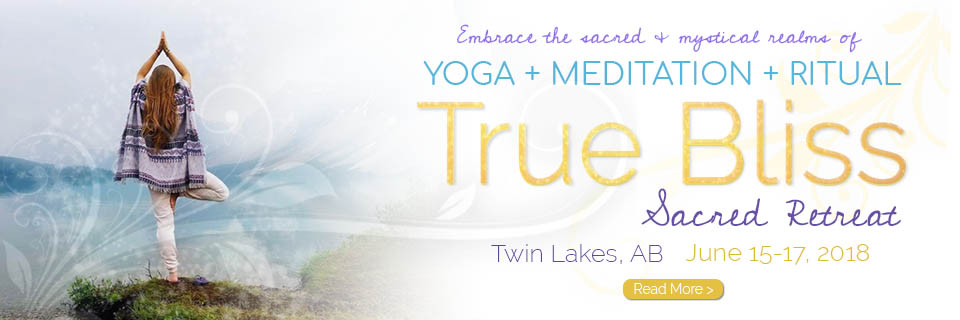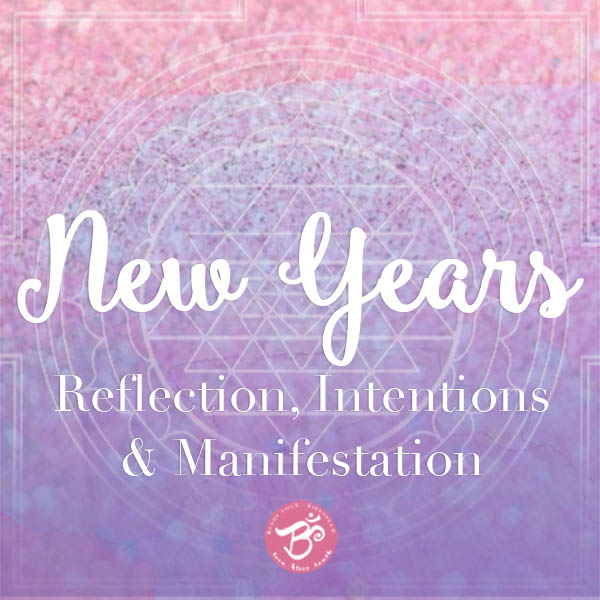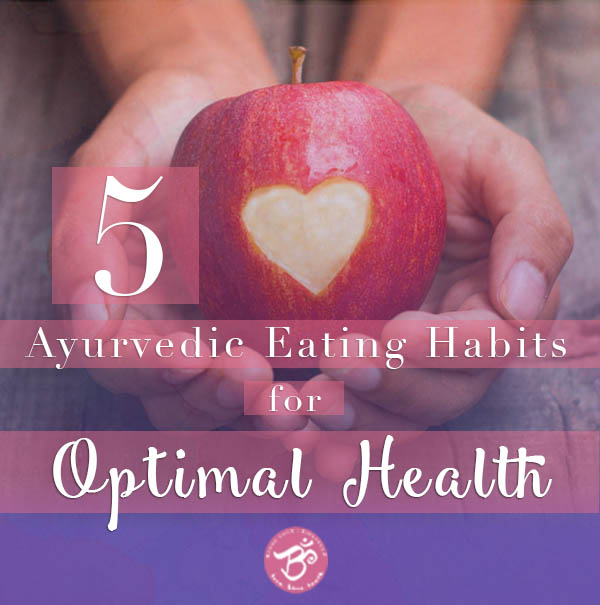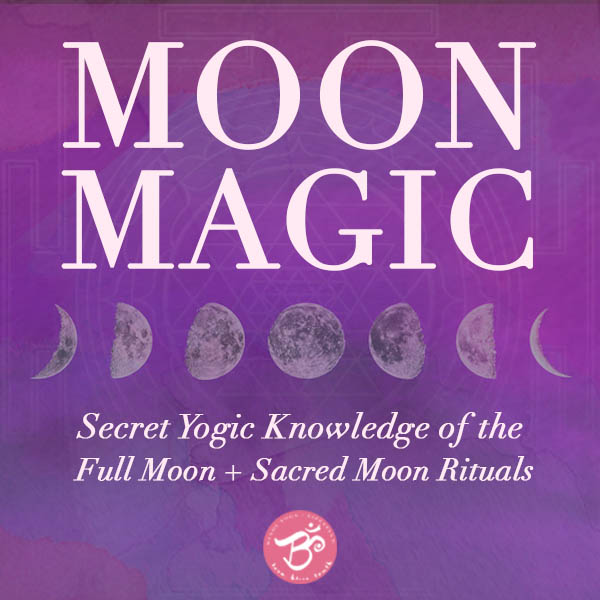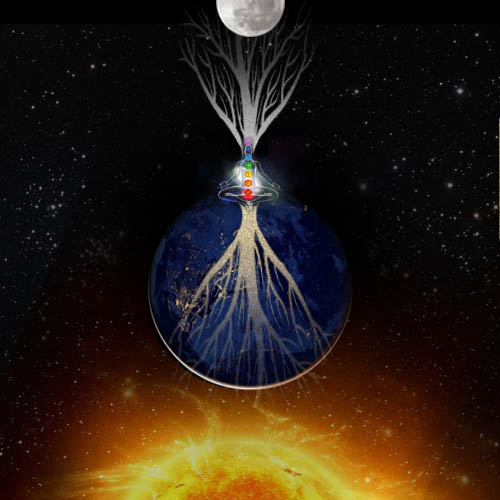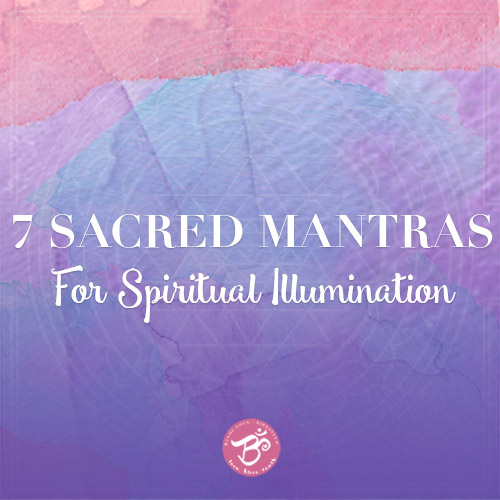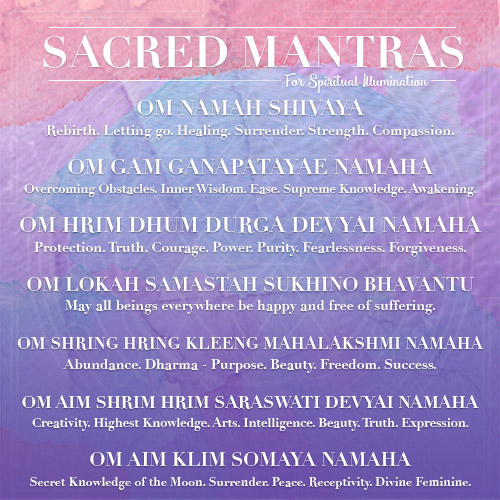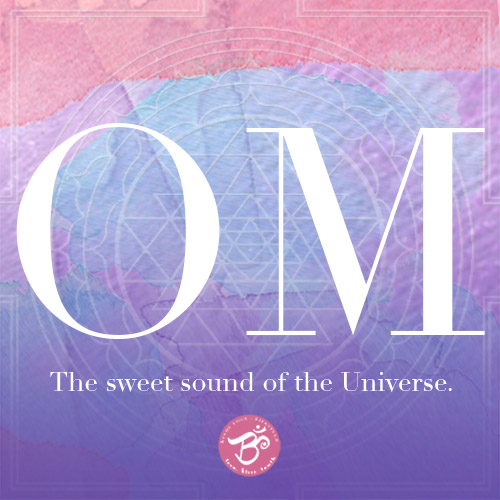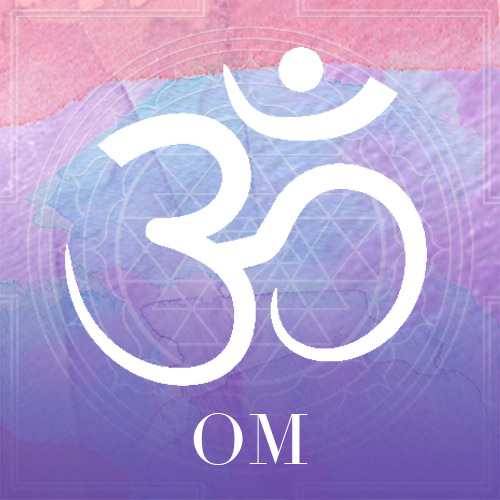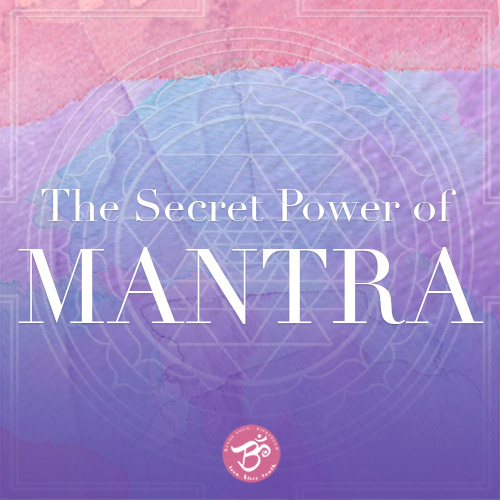There is something incredibly sacred and nostalgic that the end of the year brings. It is a beautiful time to pause, reflect and steep deeply into all that we have experienced over the past 12 months. This time of year is unique with its beautiful, fresh energy of a new year and the perfect opportunity to re-focus and re-set our lives to living with intention and in our own unique truth and dharma, purpose, every day.
Below are 4 parts to New Years reflection, intentions and manifesting. Enjoy thoughtful, heart-felt journal prompts, as well as tips for bringing in the new year intentionally for the most beautiful and inspired year yet!
So light yourself some incense, brew a cup of tea, grab your journal and let’s get started!
GRATITUDE & CELEBRATE
Acknowledge the magic of the past year. Recognize yourself for all that you have done and all that you’ve learned. It is easy to notice everything you didn’t do; the should-haves, could-haves and what-ifs. But let’s take this opportunity to reflect with gratitude upon everything you did do and learn.
+ What are you most grateful for from this past year?
+ What were the best moments if the year? Top 3 moments?
+ What are some key triumphs, successes and achievements from the past year? Tip: To help prompt you, review month-by-month, or review on your Facebook to remind you. You can also Think of themes like relationships, business, self-care, travel, work or health.
+ In what ways have you grown or expanded as a person in the past year?
+ What challenges did you experience? Tip: Think of people, situations, experiences. Consider your relationships, family, friends, your health, your work, your home etc. What did you learn from these? How can you express gratitude towards these great teachers and lessons?
+ Describe 2016 in 3 words.
REFLECT & RELEASE
This is a prime time to let go of anything you ‘re ready to release the burdens of to not carry with you into the new year. When you complete journaling these, you can even ritualistically burn the paper to ceremoniously release them and help burn any karmic ties.
+ What are you ready to let go of that is no longer serving your greatest good? Think of: A self-limiting belief, a sabotaging behavior, an unhealthy situation, mental conditioning, a job or relationship etc.
+ Are there any burdens, grievances, hurts, fears or negative thought patterns that you are willing to acknowledge, heal, express gratitude towards the lessons within them, and release? What lessons can you learn from these?
+ Are there any physical or mental pains that you can acknowledge, surface, allow and dissolve? How can you heal and release those?
+ From the wisdom and experience you’ve gained from the past year, how can you do things differently this year?
INTEND & CREATE
Let’s put to rest the days of cagey goal-setting, bucket-lists, and vision boards. Let’s revolutionize these goals into crystal clear and powerful intentions built on the solid foundation of who you really are, you’re hearts true calling and your soul’s purpose.
Goals are discipline based; daily chores to eventually— hopefully, achieve a desired outcome. Discipline feels cagey, finite, external and quite frankly, exhausting.
But intention is in devotion; it is instant. It is internal and eternal. In creating a lifestyle that is aligned with your highest Self, you organically manifest that which you desire most. It is authentic and heart-centered. Intention feels open, receptive, flowy and magnetic.
You hold within you the ability to create your world; however you wish it to be. So why not make it deliberate, conscious and empowered choice?
+ How do you want to feel? What qualities, virtues and values do you wish to embody? Make a list of desired feelings. Ex: Joy, Health, Abundant, Inspired, Aligned, Connected, Bliss, Grounded, Inner Harmony, Self-Love, Wisdom, Peace, Stillness, Enlightenment, Oneness, Authentic, Energized, Contentment, Strength, Freedom, Unity, Infinite, Nourished, Beauty, Radiant, Love, Courage etc.
+ From that list, circle your top and most aligned three feelings that make your heart sing.
+ List 5 things for each feeling/intention that you can do to help you feel this way. What activities are you doing to help induce these feelings? Where are you? Who are you with? Ex: If I want to feel inspired, I know that I can a. Be with my teachers b. Go for a walk in nature c. Listen to my favorite music d. Meditate e. Spend time in silence and solitude.
+ Create heartfelt goals/intentions for 2017 to help you feel precisely how you want to feel from the above list. Ex: To feel inspired, I must be with my teachers. So my goal is to meet with my teachers 1x/week. Or go for an early morning walks in nature 2x/week. Or take 1 hour every day in total silence and solitude to nourish with inspiration.
Now, considering precisely how you want to feel, what are 3 goals you’d like to achieve in 2017 in the areas of:
+ Health (physical, mental, spiritual)
+ Relationship with yourself (Think self-love/self-care etc.)
+ Finances/Abundance
+ Social/Relationships (friends, family, romantic, cosmic etc.)
+ Work/Career
+ Education/Learning
+ Hobbies/Play
+ Environmental/Sustainability
+ Create a Self-Care menu— a list of daily, weekly & monthly activities and rituals you can do to inspire, nourish and recharge your body, mind & spirit.
Make these non-negotiable dates with yourself—mark your daytimer, set an alarm, close and lock the door so you can be undisturbed, and soak up in some quality time for yourself.
Ex: Daily = 1. Awaken in the morning and set an intention for the day. 2. Drink a tall glass of lemon or herbal water to start your day. 3. Meditation 4. Daily yoga or movement practice 5. 20 min of silence and solitude. Weekly = 1. Oil pulling 2. Have a weekly detox bath. 3. Dry brushing 4. Journaling 5. Adventure in Nature. Monthly = 1. Go for a massage 2. Go on a road trip 3. Do a new/full moon ritual to connect with your intentions 4. Have a gathering of like-minded friends in celebration
MAGNETIZE & MANIFEST
Feng Shui Your Life:
Before you can manifest and truly experience all your hearts true desires, it is important to first make space in your life by clearing out the old and making more room for the new. This is all about clearing the slate and laying new foundations to build upon.
+ What can you do to create space in your life to manifest what you truly want in life?
Here are some examples of what you can try this year.
+ Clear out your wallet of bills or receipts and change your banking passwords to positive affirmations; create space in your life for financial abundance.
+ Clear off your desktop of old projects, ideas, files and unfinished creations to make room for the new.
+ Give your kitchen a cleanse and your pantry a detox; create room in your life for ease and health.
+ Buy a new day timer that you love to lay the foundation of organization, ease & flow.
Give Ritual a Try
Rituals root us in practice. They solidify our devotion to living a spirited life and enable us to embody all that we believe
to be true.
Plus, let’s not ignore the fact that there’s something so divinely magical about an invocation whispered atop of candlelight, or the vital force that the moon, or oracle cards bring us.
Rituals amplify our manifestations, help us acknowledge and celebrate our efforts, and provide an environment in which we can accelerate through the challenges of life. It’s all about intention.
Use rituals to welcome in a new month, call upon your favorite deities, or as daily practices that remind you that you are loved, and connected, and supported.
+ Smudge with sage or incense, or buy a new crystal to energetically support you in a certain area.
+ Do an oracle card reading to provide some guidance for the year.
+ Moon ceremonies: every full moon practice releasing by taking your list of what you want to let go of and burn it, rip it up or bury it. And every new moon reconnect to or renew your intentions.
+ Have a Sunday detox bath with Epsom salts, lavender oil, and candles to cleanse your spirit.
Reflect
+ What rituals can you invite into your life to ignite and support the manifestation of your intentions and keep you rooted in your path of intention? List 3 daily, 3 weekly, and 3 monthly rituals.
+ How can you invest your resources of time, energy, thoughts, and money into nourishing and manifesting your intentions.
+ Create 3 positive affirmations/sacred mantras/personal prayers for yourself to nourish your intentions. Repeat these daily, and keep reminders of these with you always!
Extra Manifesting Tips
+ Master the art of receptivity; choose ease over effort, surrender before striving and openness over being attached to an outcome.
+ Use your focus wisely; like attracts like. It is the law of attraction. Keep your attention focused on what you do want to manifest, not on what you don’t want. Any time you notice something you don’t want, ask yourself “What lesson can I learn here, and what do I want instead?”
+ Passionately daydream with crystal clarity of exactly what you want; get excited! Talk about what you want and how you want to feel. Connect with people on the same path as you. This sends what you want out into the Universe and it will come back to you like a boomerang.
+Everything is energy. Where you invest your thoughts, time, energy and money, that is the direction you’ll head. Invest in how you want to feel.
+ Express infinite gratitude for what you receive and be open to the form in which things manifest.
May you experience the magic of yourself this year! May you rest in your True Nature— your Natural State of total joy, absolute bliss, boundless love, and infinite wisdom. May all beings everywhere be happy, free and at peace. Happy New Year!



